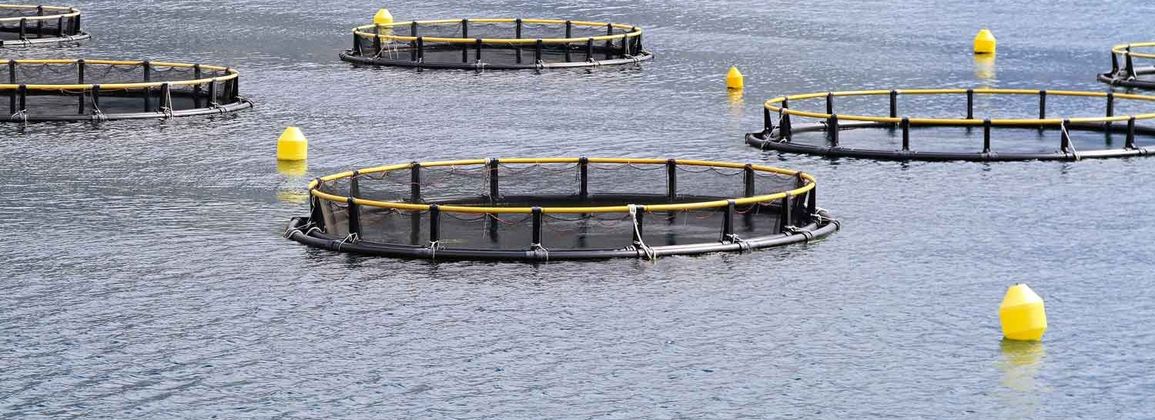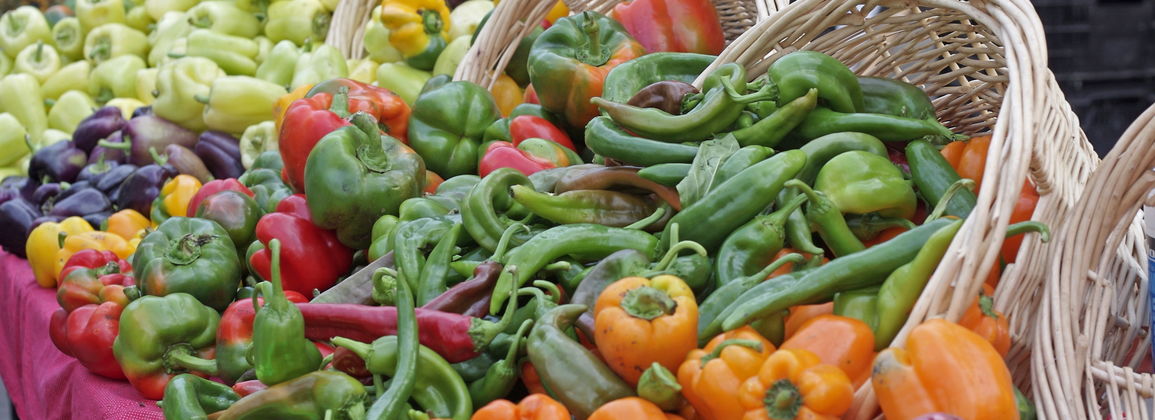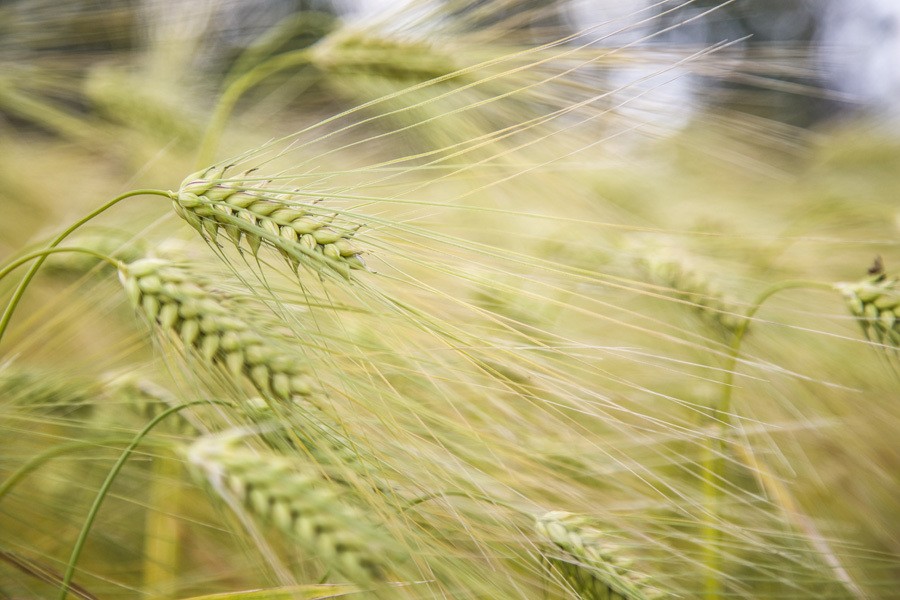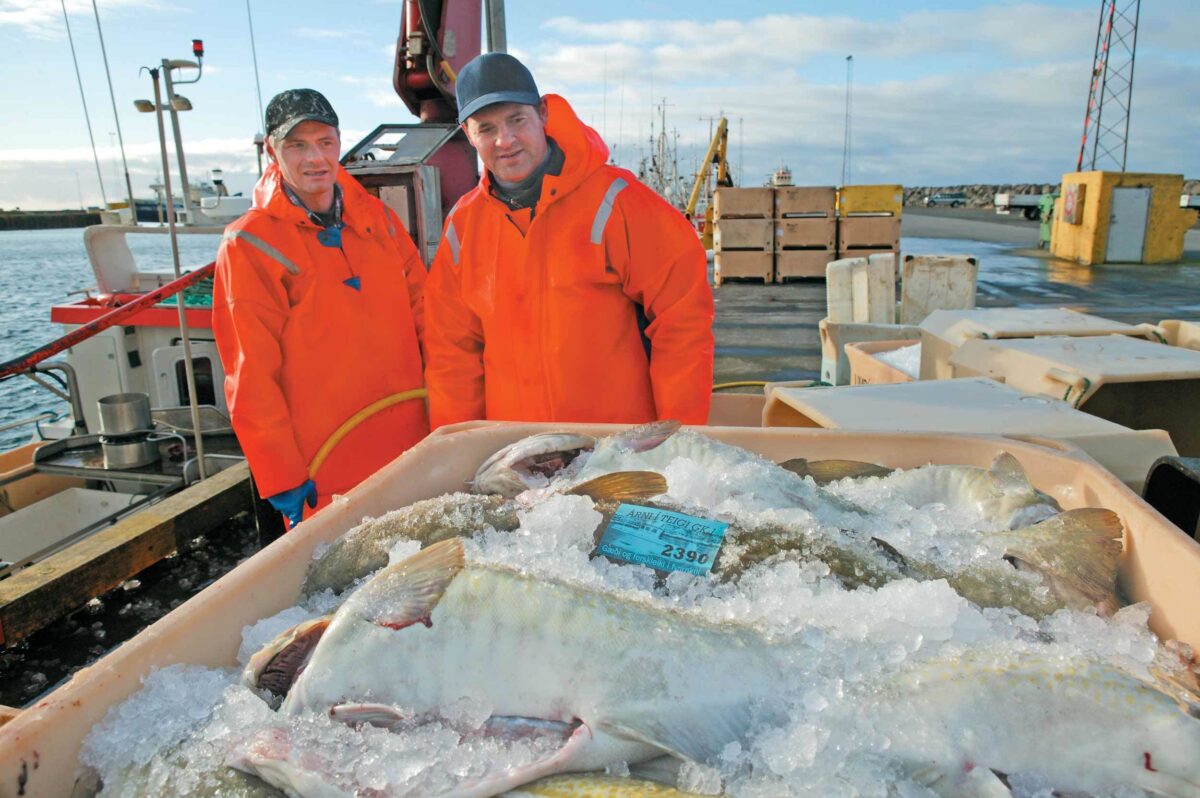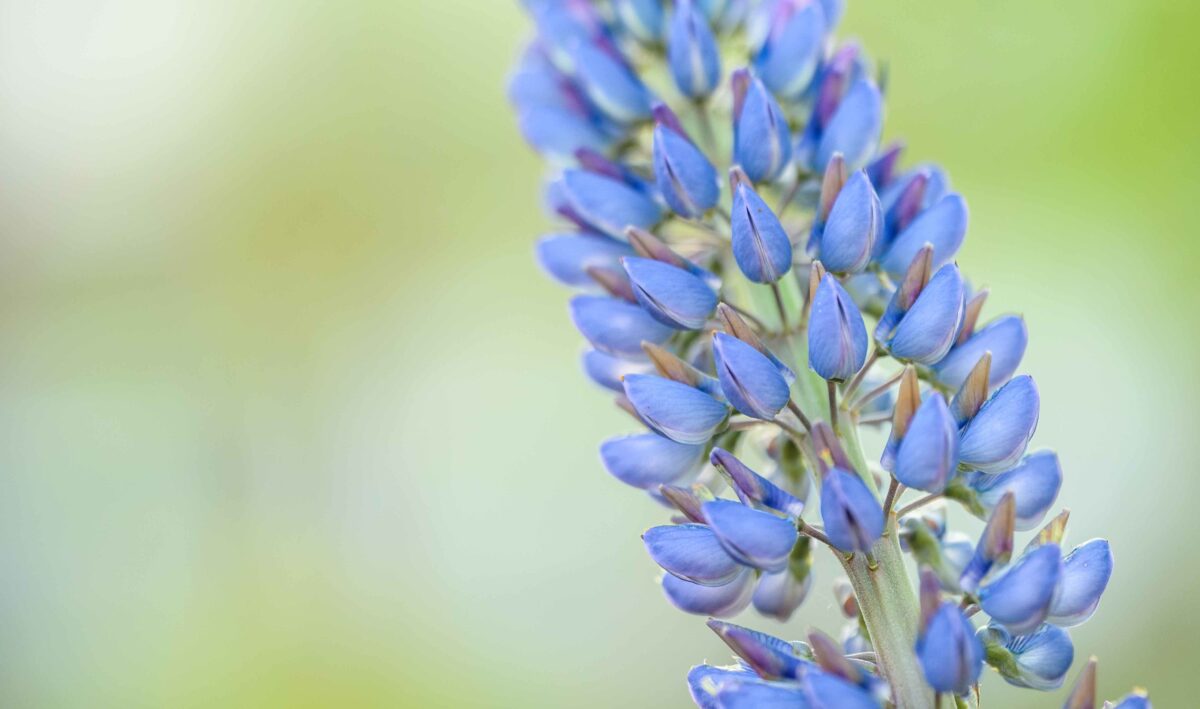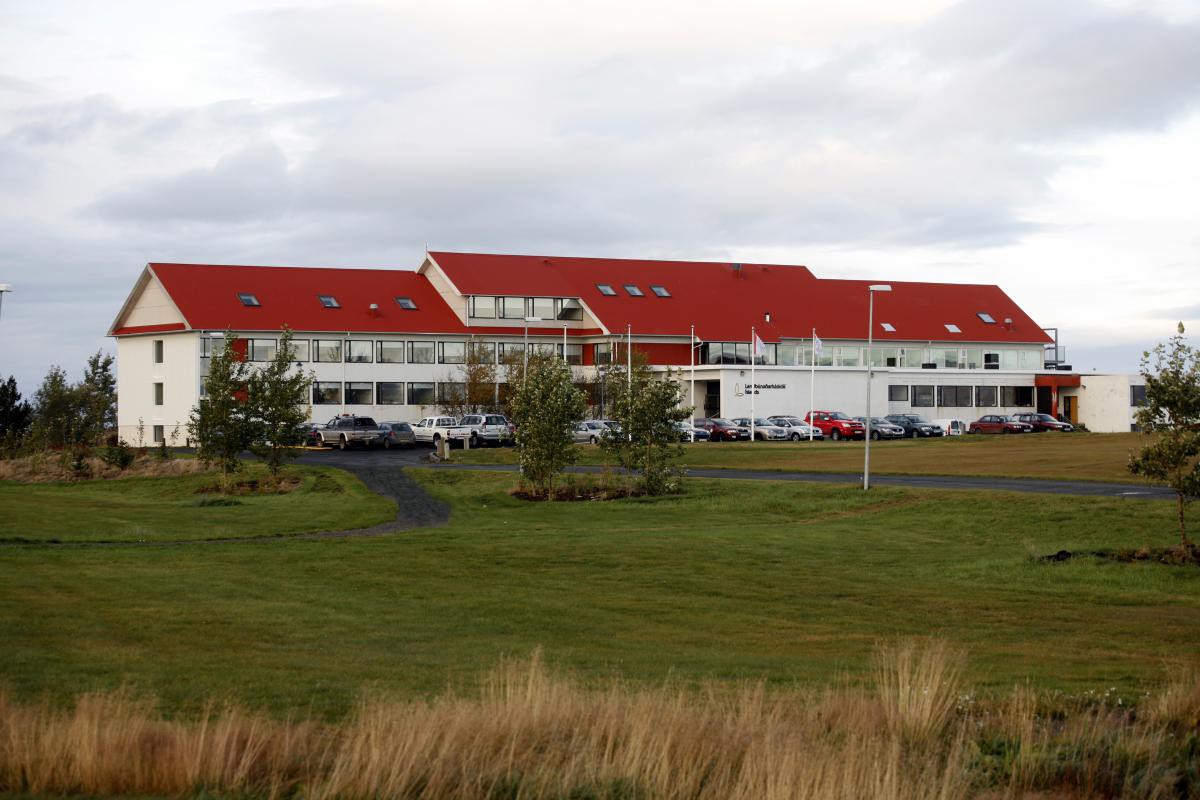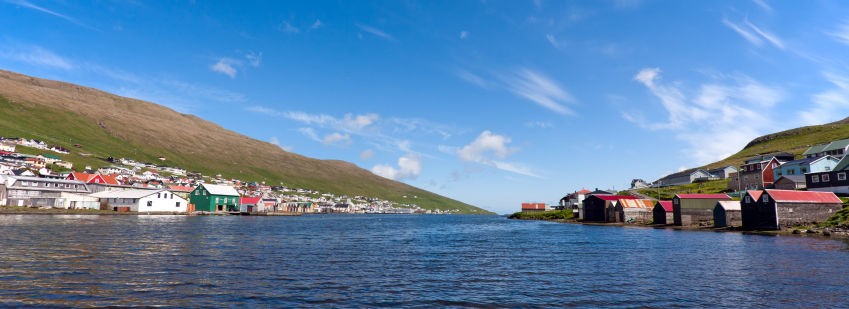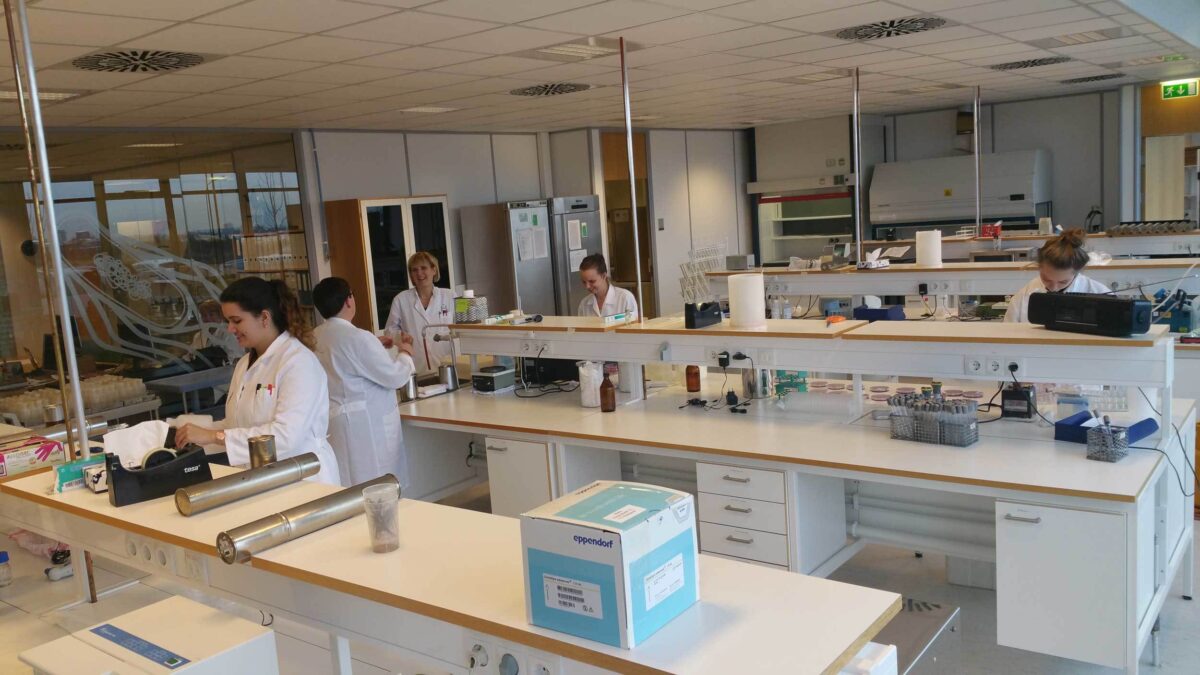On the 17th of November. Skúli Halldórsson in Morgunblaðið interviewed Svein Margeirsson, CEO of Matís, about the future of the Icelandic fishing industry. This interview was widely covered and, among other things, was discussed about wisdom leaks in Iceland due to political nonsense.
There are all the prerequisites for the full processing of fresh seafood to take place to an increasing extent in this country. This is what Sveinn Margeirsson, CEO of Matís, says. First, though, you need to ask some key questions and answer them clearly.
"For example, we need to ask ourselves; are we selling raw materials or are we selling specialty products? And are we disciplined enough in the value chain - in the transport chain? ”Sveinn asks and continues:
"Now a new retailer, Costco, entered the Icelandic market not so long ago. There has been a lot of talk about the exceptionally high quality of products there, especially in terms of vegetables and fruits. But is there any reason to believe that Costco will get better vegetables into its value chain than other retailers in Iceland, if we assume that this is true? I do not think that is the case, "he says, pointing to the importance of a good transport chain, for example.
"Food production is so incredibly exciting in this respect - the physical properties of the product change depending on how it is handled. This means that if you are really disciplined and have implemented discipline in your value chain, then you bring the product to the consumer in the condition he wants it. If you lack discipline, you will always have quality problems. "
This is especially important when there is fresh produce on the one hand.
"I think we must not forget in this context that a certain part of Icelandic seafood is sold finished and then I am referring to fresh pieces. And there are two things that make it possible for us to export fresh fish, something we could not do before. On the one hand it is due to technological developments, such as better cooling on board, but on the other hand it is due to more discipline in the value chain. More discipline means better handling of the fish, which ensures better raw materials for the processing, which has made great strides, and finally, the transport of products to the final buyer is better, "says Sveinn.
"If we are going to sell expensive special products and if we trust ourselves to go into the process with the discipline that is needed, then I see no reason why we can not produce the product in final packages in this country."
However, the volatile exchange rate of the króna always plays a role.
"Certainly it is necessary to prevent the exchange rate fluctuations of the króna from slowing down processing in consumer packaging. It takes much more long-term thinking and investment to be in this business, than to pull a fish ashore and bring it in a container as soon as possible and directly abroad. "
Sveinn adds in these notes that if biotechnology is to be used to produce products from the sea's resources, such as enzymes from cod for medicinal products (Zymetech) or fish skin for wound dressings (Kerecis), then the raw material must be handled well.
"It is not possible to work with poor raw materials there. The application of biotechnology and the new possibilities it offers means that we must increase discipline in the value chain. "
Sveinn gave a lecture yesterday at the Fisheries Conference on the export value of the blue bioeconomy and what is needed to increase it fivefold over the next ten years. In a conversation with 200 miles, he mentions that from 2003, when the AVS (Increased value of seafood) research fund was established, and in 2004, when the Technology Development Fund was established in its current form, the value of marine products per kilogram of catch increased by 151% until 2016.
"And this, in my opinion, happens because at this time a fairly stable environment" goes hand in hand ", at least it is not being overthrown in a very regular way," while the system has been encouraging development and cultivating human ambition. to do better, "says Sveinn.
"In fact, I believe that there are all the prerequisites for this development to continue. Perhaps the most important thing is that we continue to look at the bigger picture in this, that politics is not going into the gear of just looking at its own constituency and some special interests, which both in the long and short term harm the industry, and can do even more so now than before. "
The most important thing is to think about how to get the most qualified people to work in the economy.
"All this political nonsense, let me tell you, it causes wisdom in the industry. By far the biggest opportunity for Iceland, but at the same time falling from a high saddle, is to be a philosopher, both domestically, especially towards young people, and also towards people with a background abroad, whether they are Icelanders with experience in foreign markets or foreigners who are interested in coming here to work.
I am of the opinion that we need to place great emphasis on the fisheries sector, and the entire blue bioeconomy, being exciting and that people are aware of the opportunities inherent in the industry, both for themselves and also to make a difference, in this country. as abroad. It's not least important who is on board the bus, to quote Jim Collins, author of From Good to Great. "
Sveinn emphasizes that it is possible to evaluate the success of the industry on the basis of actual data.
"There is a lot that can be achieved there. We are not well enough equipped, with the current system, to analyze, for example, what we are exporting. It is still the case that the third or fourth largest export type is the so-called "second catch". Until we get to the point where we can at least say what we are exporting, there are obviously untapped opportunities there. "
Furthermore, the fourth industrial revolution, which Sveinn says has in fact begun a long time ago, is an incredible opportunity.
"In every fish processing plant in Iceland, a picture of the fishing grounds is being created every day; what fish came out of the sea, size and carcass. And during the fishing, the temperature of the sea, the air temperature, is being measured, and in fact the vessels could be measuring much more. A lot of information about quality and physical properties is created during processing. By making better use of the information generated by fishing and processing, we can gain much more knowledge about the marine environment and connect with more environmentally conscious consumers at the same time. This is important for the sustainable utilization of Icelandic marine resources, but it is no less an export product to apply Icelandic knowledge and methodology worldwide and thus promote the sustainable utilization of the resources of all the world's oceans. "
Sveinn calls for more parties in the fisheries sector to be involved in the overall policy-making of the industry.
"If we look at the value chain of seafood, we have long since stopped looking at it just as fishing, good health, and many steps have been taken towards respecting this as a whole economy, where technology companies, scientific research and marketing play a major role and are closely related. What is needed now is for all these stakeholders to have their say in fisheries policy. We must formulate a clear policy, with the aim of becoming the leading fishing country in the world. I really think it's obvious we can do that. "
Sveinn also mentions the education system as an example of something that could be brought closer to modern requirements.
"Education related to the fishing industry is a key factor for the growth of the industry, and the entire education system, but especially the university environment, needs to better understand that times have changed a lot in the last ten years. We must not be stuck in the mindset of the university environment to publish science articles only for the sake of science. There must be a strong connection between education and research on the one hand and the interests of society on the other, which in Iceland are closely linked to the fishing industry. "
And Sveinn has in mind more aspects of the fishing industry.
"For example, there are a number of opportunities associated with new transport routes to and from the country, both by air and by sea," he says, adding that air travel is shaped by more fuel-efficient aircraft than before, which opens up the possibility of more exports to Asia. Changes in shipping routes to the north could also open up more markets where the opportunities are not only in food, but also in the distribution, development and marketing of health products.
"There is actually very little plowed field and huge possibilities," says Sveinn.
"Domestic consumption of seafood has increased, but we have not been using tourists specifically for image creation. The connection between tourism, food and the pure unspoiled nature of Iceland - I think there are great opportunities there. "
He also looks at the Treaty of Paris.
"The fishing industry has achieved very good results in environmental matters and by far the best of all industries in Iceland. Now we need to think it completely cold; It pays to allocate very cheap electricity to smelters, when there is a shortage of electricity for drying fishmeal and, what is the future, to bring pelagic fish from feed to human consumption. Is it worth disposing of the electricity in this way? "
It is also necessary to assess how investment is prioritized for innovation projects.
"In my opinion, we have a good grasp of resource management, as we are very rich in resources. If you look at the value chain of meat products, the profit is usually much lower when sourcing raw materials than when processing and selling them. In the fisheries sector, the opposite is true, in general. Profits in fish processing are thus relatively small compared to the processing of other foods.
Because of this, we need to think about it, is it a priority to get even better at managing resources, using the methods we have been using? Or do the opportunities lie more in focusing more on the processing and its connection to marketing, where the processing is the center of the value chain?
As you do so, you are not only developing a product, and deciding on raw material sourcing based on what the market demand is, but you are also managing the data on the physical properties of the product. This will help you improve your fisheries management and marketing. This is something that I think is very important to look at. "
Online marketing is another issue that Sveinn says needs to be looked at more and more.
"Many people in their thirties and younger make the majority of their purchases online in various product categories. Last year, Black Friday sales on the West Coast were higher online than in traditional stores. This is a development that is taking place in food and in seafood. I am absolutely convinced that technological revolutions will have a significant, if not really radical, impact on the environment of the Icelandic fishing industry for the next ten years or so, "he says and adds:
"We should not be afraid of this development at all, but see it as an opportunity. This could be the next big leap forward for the Icelandic fishing industry, celebrating technological revolutions and taking advantage of them to create new products, reach new customers and utilize the raw materials in other ways, and possibly reduce the emphasis on communication with traditional retailers and start selling yourself, get in touch with the consumer directly and start telling the story of Iceland, connect the product with unspoiled nature and clean energy.
The interests of agriculture, fisheries and tourism, and thus of the Icelandic nation, go hand in hand in this matter. I think there are great opportunities for the fishing industry to take the lead in this area. The fishing industry is a strong and strong industry and could in fact lead this debate forward. That Iceland is really seen as a natural pearl that is used to build an image that strengthens online marketing. At the same time, the tourist has become a kind of ambassador for Iceland, where he experiences good seafood and other products from the sea and takes that experience back to his homeland. "
Finally, Sveinn says that the trend is that fewer young people enter the labor market and there is much more competition for labor than before.
"This demographic development, together with the fourth industrial revolution, means that change is taking place much faster now than it did just ten years ago. That's why I think people need to think outside the box. For example, the operation of bookstores was certainly not so bad ten to fifteen years ago. "Since then, incredible changes have taken place," he says.
"Matís, for example, is currently involved in a project under the auspices of the European research program, Horizon 2020, called EIT FOOD, which amounts to four hundred million euros. Matís is in this project due to expertise in the ocean's resources, together with companies such as Nestlé and PepsiCo, but the goal of the project is to revolutionize the European food industry in seven years.
It is important for us to understand the impact of these revolutions and I think we can lead this development in terms of marine resources, if we are forward-thinking and reasonably daring, without taking any stupid risks as was done in the years before the crash. . We have all the prerequisites to be very leading in the field of utilization of the ocean's resources and to be known for it.
But that requires a clear strategy. I was dissatisfied with the lack of direction that I felt characterized the outgoing government in matters of marine resources. I did not understand where she was going. I did not feel much progress and the discussion did not go in the right direction. I would have liked to see a bioeconomy policy for Iceland approved at this time, "says Sveinn, adding that very good policy-making work was carried out by the Ministry of Industry and Innovation last year and until last spring. However, nothing has come of that work and the budget proposals for 2018 do not reflect the outcome.
"We have to face the fact that it is in the interests of the nation that the blue economy in Iceland is not only doing well, but very well. In order for that to happen, a clear policy is needed. "



